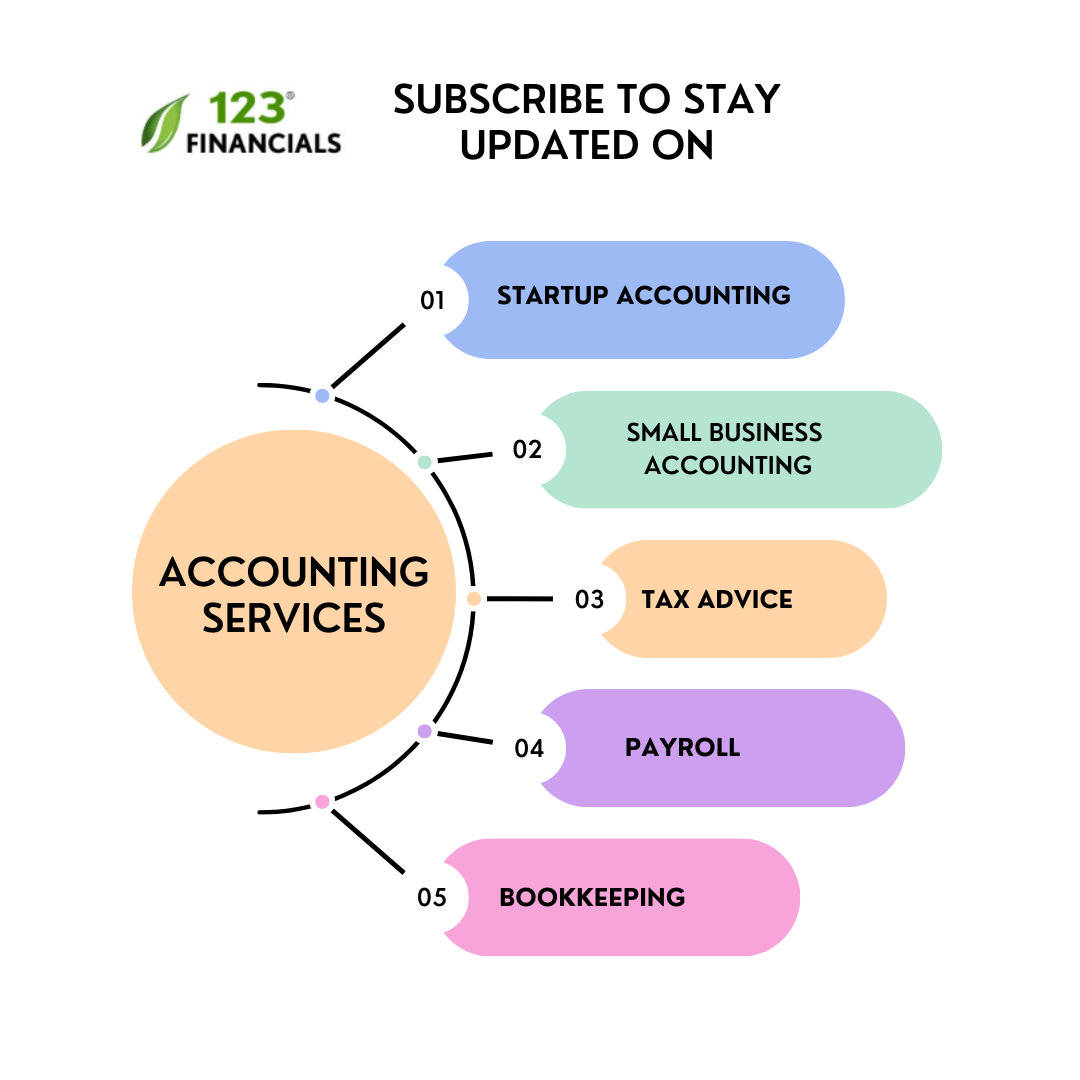Businesses use balance sheets to make significant financial choices. One way to gain an improved grasp of your company’s finances is to set them up in a way that lets you quickly review all of the company’s assets, liabilities, and equity.
Hire Startup Accountants
Work with a UK-based accountant for tax, accounting, payroll, & EIS/ SEIS needs.
While it might seem difficult at first, producing a balance sheet for a new business is essential to comprehending your financial position to make informed decisions.
This blog will look further into the balance sheet, its importance, and how to draft one.
Table of contents
Importance of a balance sheet
A balance sheet lets stakeholders know if the company is solvent, indicating the value of its assets is higher than the sum of all of its liabilities. It can additionally identify areas where the business is underperforming.
Externally, a balance sheet allows potential investors, customers and other companies to know if a company is solvent. Did it borrow a greater sum than it should have? Are its liabilities more than the sector’s average? Is the available cash on hand greater or less than normal?
While you’ll frequently hear about balance sheets in the field of business, they additionally assist individuals in taking stock of their financial standing and making informed purchasing and investment choices.
Steps to prepare business balance sheet
Pick the balance sheet date
A balance sheet shows your company’s assets, liabilities, and shareholders’ equity on a particular day of the year. The majority of businesses create reports every three months.
With cloud-based software like Xero and QuickBooks, businesses can generate balance sheets on demand.
Use the fundamental equation for accounting to separate each section
| Assets = Liabilities + Owner’s Equity. |
This fundamental formula establishes whether your balance sheet, once all of your assets, liabilities, and equity have been recorded, is genuinely “balanced.”
There are usually five parts to a fundamental balance sheet:
- Fixed assets
- Current assets
- Current liabilities
- Non-current liabilities
- Equity
If you have all five of these in your financial statements, you can order them the way that makes the most sense. But remember, organising your balance sheet is essential so you include all pertinent data.
Here’s a typical instance of how to organise your balance sheet:
- Assets section in the upper left corner
- Liabilities section in the upper right corner
- Owner’s equity section below obligations
- Total assets class at the bottom of the financial sheet
- Together, total liabilities and owner’s equity category under the overall assets
List assets
The first important step in preparing your company’s balance sheet is to list your assets. Assets indicate the resources owned by your business that hold value.
They can be divided into two primary categories: current assets and non-current or fixed assets.
Current assets include cash, accounts receivable, and inventory, which are usually liquid and can be transformed into cash within a year.
Non-current assets involve buildings, long-term investments, equipment, property, and intangible assets like trademarks or patents.
Sort assets into current and non-current categories
Sorting your assets into current and non-current categories is a crucial next step when developing your company balance sheet.
This classification is essential when evaluating your business’s liquidity and financial stability.
The difference allows you to evaluate your organisation’s short-term and long-term financial commitments, offering valuable insights to efficiently handle your company’s financial resources.
Determine liabilities
Similar to the above, this time, it lists all the liabilities.
A liability implies an organisation owes other organisations a financial obligation or debt. It reflects the company’s responsibility to repay or meet specific obligations in the future. Liabilities can refer to different kinds of financial obligations, including loans, accrued expenses, accounts payable, and deferred revenues.
These will also fall under two distinct groups, current and non-current, and then further divide their obligations into their accounts.
Sort financial liabilities into current and non-current categories
Following listing your liabilities, the most important thing to do is classify them as current or non-current. This classification is essential for assessing the financial commitments made by your business and determining when these commitments must be paid off.
Current liabilities include obligations due for payment within a year, such as short-term loans, accounts payable, and accrued expenses. They stand for the short-term financial obligations of the business.
On the other hand, Non-current liabilities include debts and obligations that extend beyond a year. Popular instances involve long-term loans, lease agreements and bonds. These indicate the business’s long-term financial commitments.
Determine owner’s equity
Net Equity: Your Company’s Net Worth
We’re almost done! You can determine your net equity now that you have a complete inventory of your assets and obligations. The net equity is left over after deducting all your obligations from all your assets.
This is how to calculate your net equity:
| Assets – Liabilities = Net Equity |
For sole proprietors or single-owner companies, net equity is typically called “owner’s equity.” But what does it mean? An owner’s equity is what you’ve invested into your business. In simple terms, it’s the overall net worth of your business.
If you have investors, the equity also belongs to them — whether your investors are private or public. As a sole owner, you own all of the shareholder equity.
Add total liabilities to total owner’s equity
Once you have the entire owner’s equity, you can add it to your total debts. Your assets should equal your total liabilities (such as debt and accounts payable) and equity (remaining value).
If they are not equal, you must verify your calculations.
This is an example template to assist you in formatting your balance sheet:
| ABC LtdBalance Sheet 31 March 2024 Amount in GBP | |
| Current assets | Current liabilities |
| Non current assets | Non current liabilities |
| Owner’s Equity | |
| Total Assets: | Total Liabilities & Owner’s Equity |
Hire Startup Accountants
Work with a UK-based accountant for tax, accounting, payroll, & EIS/ SEIS needs.
Final thoughts
As you create your balance sheet, you’ll dive deep into your business’s
financial health and data. This will highlight your advantages and point out areas where you can improve. A balance sheet is needed if you’re looking to attract investors.
In small enterprises, the proprietor can easily compile the balance sheet; however, larger companies will require an external auditor. If the business maintains accurate data, a few simple steps can assist in creating a balanced balance sheet. The most crucial thing to keep in mind is to maintain a balance between shareholders’ equity, obligations, and assets.




















